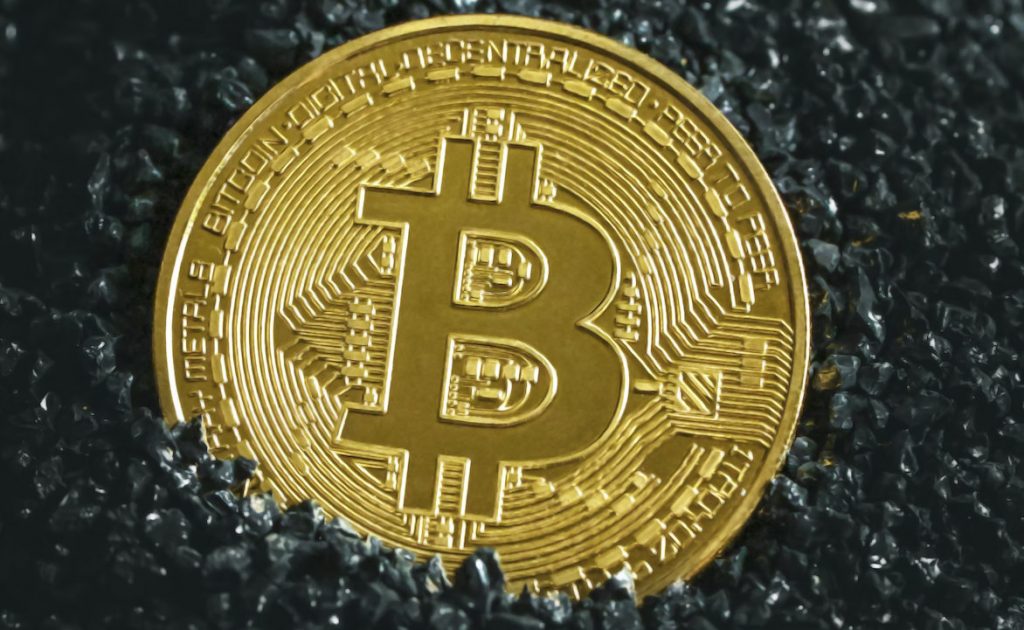Bitcoin mining has come a long way since the early days of personal computer-based mining. Today, specialized hardware called ASICs (Application-Specific Integrated Circuits) are used to mine Bitcoin at a much higher rate than previous methods. ASIC mining is now a multi-billion dollar industry and has led to the centralization of mining power in the hands of a few large players.
💡However, the future of ASIC mining looks bright and full of new opportunities. The advancements in technology and increased demand for Bitcoin have led to the development of new ASIC miners with improved efficiency and lower costs. This means that more people and companies can now participate in the mining process, leading to a more decentralized network.
💰Another factor contributing to the growth of the ASIC mining industry is the rise in the price of Bitcoin. As the price of Bitcoin continues to increase, the profitability of mining also increases, making it an attractive investment for many. This in turn drives innovation in ASIC hardware and software, leading to improved performance and efficiency.
🌟One exciting development in the ASIC mining space is the use of microsatellites. Microsatellites are small, low-cost satellites that can be used for various purposes including Bitcoin mining. The advantage of using microsatellites for mining is that they can be placed in orbit, where the cost of electricity is much lower than on earth. This makes mining more profitable and environmentally friendly.

🤖In addition to the advancements in hardware, the software side of ASIC mining is also seeing progress. The use of artificial intelligence and machine learning is helping to optimize the mining process, making it more efficient and reducing costs. This has the potential to revolutionize the mining industry and make mining accessible to even more people.
💻Finally, the increased use of cloud mining is also a major trend in the ASIC mining space. Cloud mining allows individuals to rent mining hardware and software, instead of having to purchase and maintain their own equipment. This has made mining more accessible to a wider range of people, including those who may not have the technical expertise or resources to set up their own mining operation.
💥In conclusion, the future of Bitcoin ASIC mining is looking bright, with advancements in hardware and software leading to increased efficiency, lower costs, and greater accessibility. Whether it’s through the use of microsatellites, AI and machine learning, or cloud mining, the opportunities for innovation and growth in the ASIC mining industry are endless. Get ready for lift-off! 🚀



